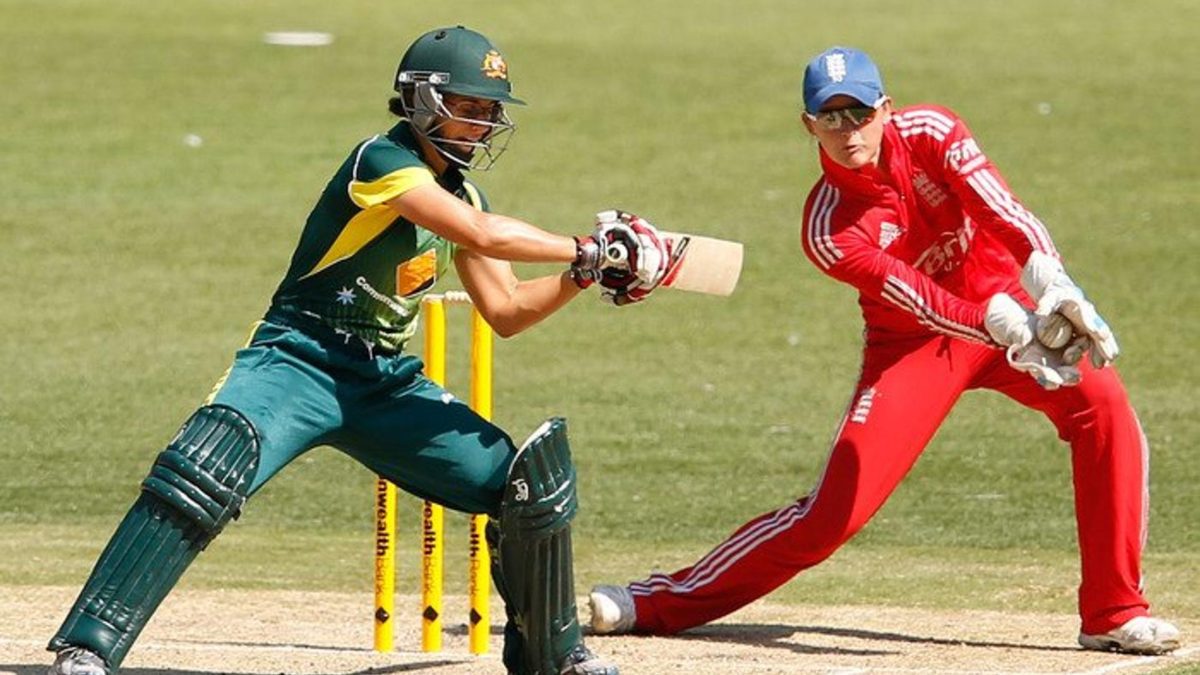
England Women’s classy wicketkeeper Sarah Taylor offers her coaching insights on standing up to the stumps.
HEAD POSITION & WEIGHT DISTRIBUTION
People have different techniques, but what I know is: regardless of where my hands are and where the ball is, if my head is still and in a strong position then I can take care of everything else.
I try to keep my weight towards the stumps – level, but slightly forward, on my toes. Yes, you take the bails off with your hands but to do that your weight has to be forward.
To a right-hander my weight is quite biased towards my left leg, to enable me to get back to the stumps as quickly as possible. Sometimes I instinctively lift my right leg – it’s not technically recommended but it’s a bit of a habit and I find that as long as my head is in it, going towards the ball and trying to get as close to the ball as possible, I can be confident of taking the ball and getting back to the stumps more often than not.
AWARENESS
You always know when you’re in with a sniff of a stumping chance – to a particular batsman or bowler. Holly Colvin, the Sussex and England left-arm spinner, was very much an example of a bowler who was slow and flighty, and you always thought someone would run past one. In that situation I would probably put my hands further forward, to reduce the time it would take to get back to the stumps.
You should be very aware of where the batsman’s foot is – and you can gauge it from their first couple of balls: if they play a forward defence and their back foot is dragging close to the line, you know that the first time they miss the ball you’re in the game – ready to take the bails off.
Standing up to seamers it’s a little bit different because you’ve obviously got to first take the ball, which is moving faster. So, particularly to the quicker seamers, you’d have your hands further back than they would be for a slow bowler, to give yourself a chance to take it before you go back to the stumps. Even at high pace, you don’t want too much give in your hands, but at the same time you have to appreciate that the ball’s coming a lot quicker than it is off the spinner.
RELAXED SHOULDERS, STRONG HANDS
My keeping coach back in the day always used to say ‘have strong hands, not hard hands’. At the time I was a bit confused as to what that meant! It’s actually got a lot to do with your shoulders. If your shoulders are tense, your hands will always be really hard – and the ball will just flap out of your hands. But if you’re nice and relaxed up top, your hands will actually just take care of themselves. You don’t want too much give in your hands – particularly standing up – so they need to be strong, but without being hard.
BOX CLEVER
Sometimes you have to be canny. At times I’ve caught myself out by taking the bails off too quickly because you just automatically take the stumps before the foot has actually fallen out of the crease. When I get that feeling that they’re really close to the line, I’m one of those annoying keepers that’ll just keep taking the stumps until hopefully they’ll eventually fall out of the crease. I’ve perfected putting the bails back on in my gloves as a result…
TAKING THE BAILS OFF
I’ve tried different techniques for taking the bails off: I’ve tried keeping my body still and just using my left hand, and tried going two-handed putting my whole body into it. I’ve also tried getting as close to the stumps as possible, so the distance is reduced. There are loads of one per centers you can try.
About a year ago I decided to try them all. I thought that going only left-handed would be quicker, because it’s nearer (when keeping to a right-hander) but actually I found that if I caught the ball and went two-handed, because my right side is my strongest I get there quicker – when my whole body is involved. But it will always depend slightly on where the ball is: if the ball is wider you’re less likely to bring your whole body back to the stumps.
KEY TIP: MOVE AS LATE AS POSSIBLE
I went through a stage when I was younger when I just moved too early all the time. I was too keen and eager to get the ball. Once I got told to move as late as possible, everything became a lot easier. The ball was under my eyes.
Personally I go down into my squat position quite late – just to save my back. But the key factor is to look to move and come up after the ball has bounced.
I would say to any youngster: move as late as possible. Wait until you’ve processed all the information you can – and obviously the longer you wait the more information you get. Especially down the leg-side, move as late as possible – because you will lose sight of it briefly, so you need to get all your information before you move. So just try to wait that split second longer.
That will also help you to make your movements a lot crisper and cleaner – make them explosive – and stop you getting lazy.








